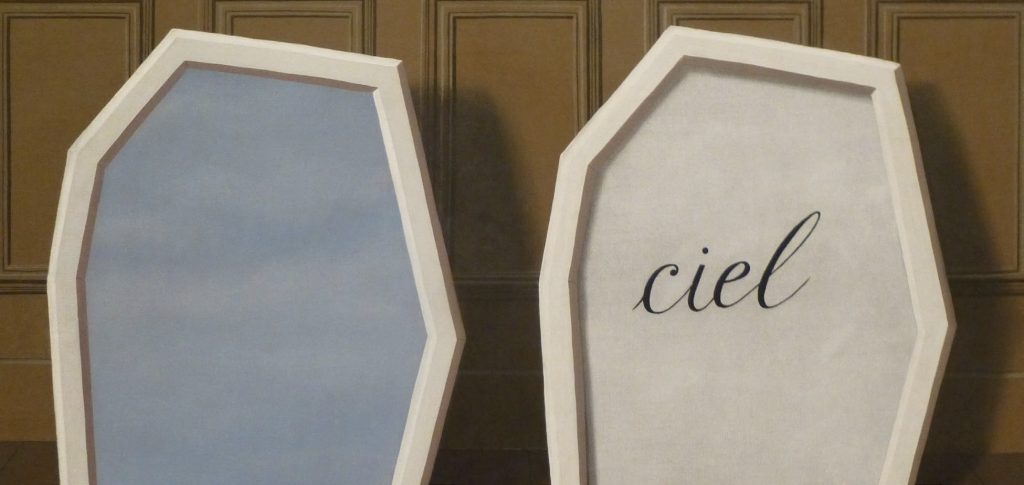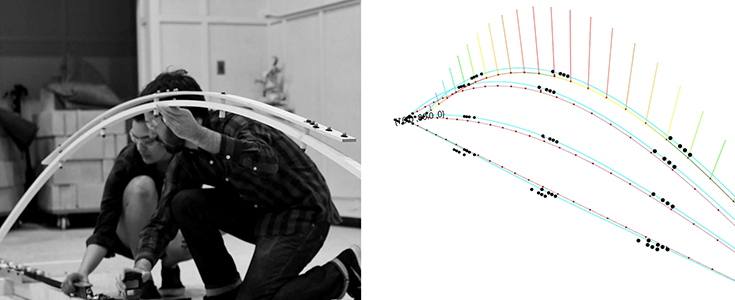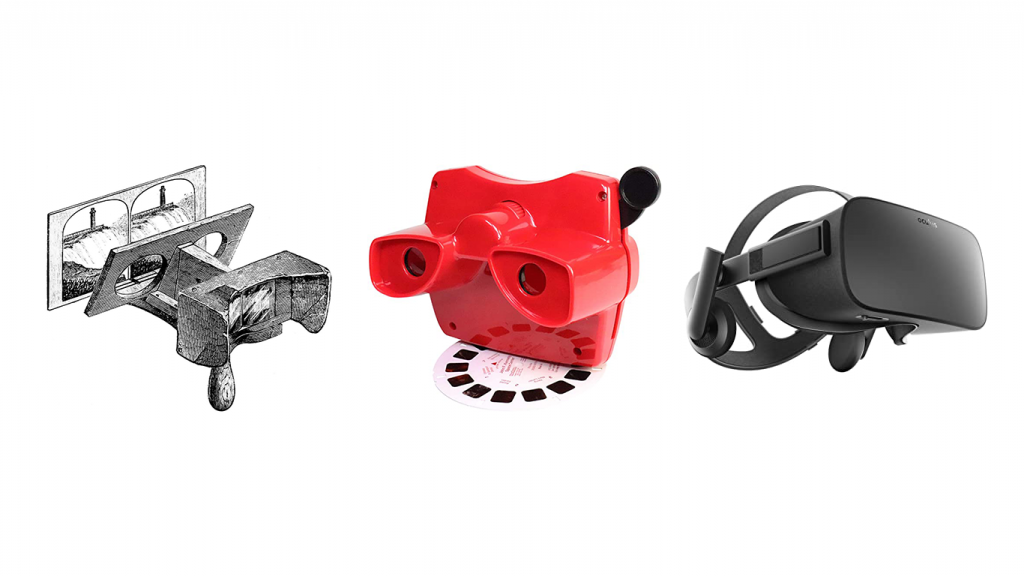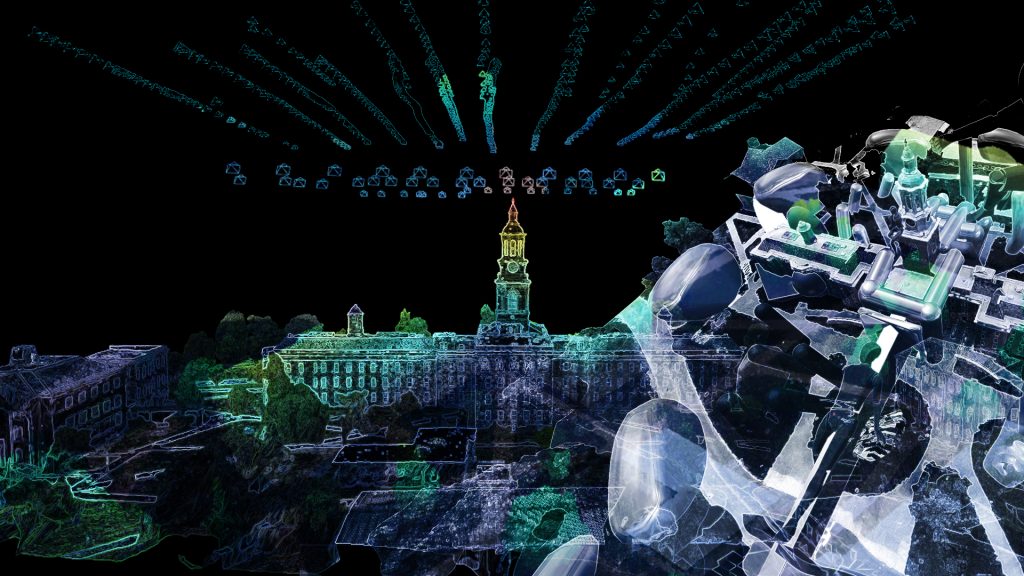Instructor: Nicholas Bruscia
ARC 547
Spring 2018
DESCRIPTION:
This technical seminar introduces students to computational design tools that facilitate movement between physics-based simulation and material prototyping. The course objectives are to gain experience with computational form-finding (the organization of forces and iteration of the results) and to calibrate simulated results to material characteristics. Physical study models will be digitally measured to inform the parameters required for simulation; a process intended to produce accurate representations needed to realize well-crafted material prototypes and/or a large-scale prototype completed as a group effort. Skill-building exercises and in-class workshops will occur prior to research projects.
Students will be asked to engage in physical prototyping and testing through both manual and digital fabrication; an essential process in understanding material properties that will ultimately inform on-screen design and production. We’ll begin by building physical models without the aid of the computer in order to gain a working knowledge and expectation for how the material will react under stress. To follow, the class engages in a skill-building process that attempts to develop accurate digital simulations of material behavior which is compared to the digitally measured physical models. This attempt at calibration conceptually bridges digital and physical form-finding, while adding material specificity to otherwise abstract numeric values required to run the simulation. The methods for digital measurement are dependent on the scale of the material and desired precision; the course will experiment with a MicroScribe digitizer for small scale models, accelerometers (motion sensors) for larger scale prototypes, and the SMART COE’s Vicon Motion Capture System in the newly constructed Bonner Hall Sandbox for more accurate, full scale measuring and calibration.



